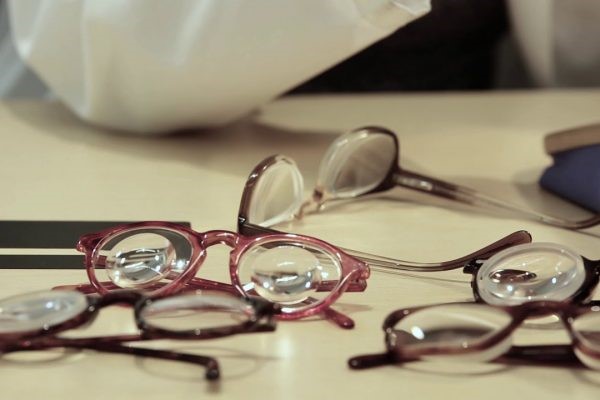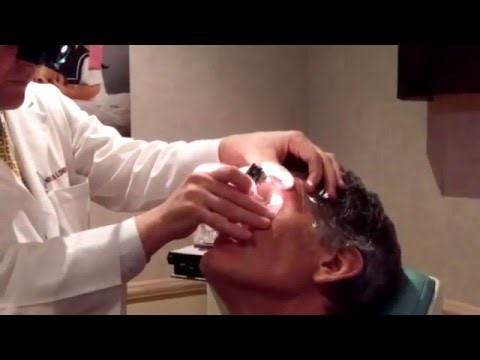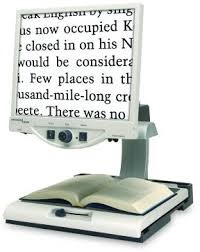
Low vision refers to vision loss that cannot be corrected by medical or surgical treatments or conventional lenses. A person with low vision must learn to adjust to it. The good news: There are many ways to help so that people with low vision can continue to do things that are important to them. Losing vision does not mean giving up activities, but it may mean learning new ways to do them.

Vision rehabilitation helps patients to learn new strategies and find devices that can assist them. Low vision includes different degrees of sight loss, from blind spots, poor night vision, and problems with glare to an almost complete loss of sight. Low Vision defines as two categories:
- “Partially sighted”: the person has visual acuity between 20/70 and 20/200 with conventional prescription lenses.
- “Legally blind”: the person has visual acuity no better than 20/200 with conventional correction and/or a restricted field of vision less than 20 degrees wide.
The ratio measurement of vision describes visual acuity, or the sharpness of vision, at 20 feet from an object. For example, having a 20/70 vision means that you must be at 20 feet to see what a person with normal vision can see at 70 feet.



